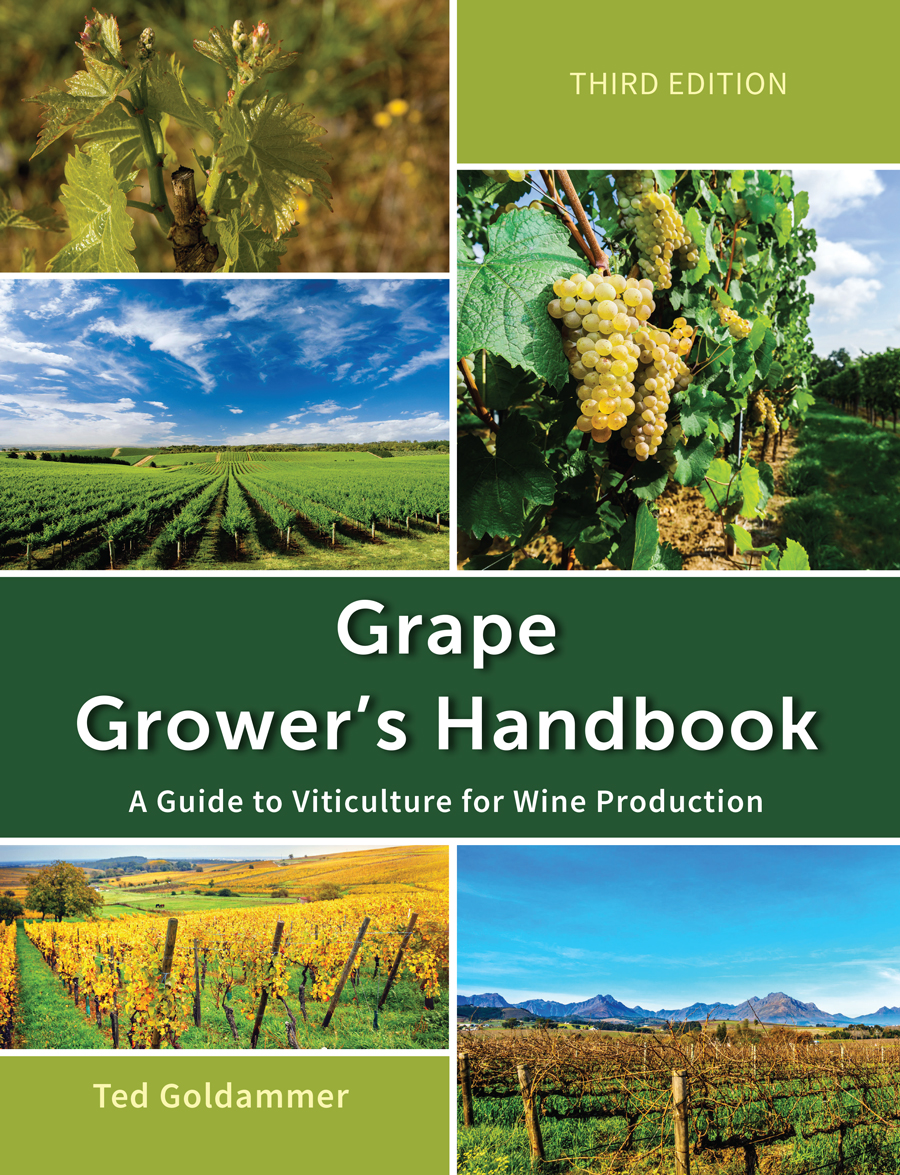Pesticide Application in Vineyards
Canopy Sprayers
Canopy sprayers are not only used in the vineyard to apply pesticides (i.e., insecticides and fungicides)but can also be used to apply liquid fertilizers or other liquid materials. Canopy sprayers come in a variety of types, brands, sizes, and levels of complexity. The types of canopy sprayers often used in the vineyard are typically of three main designs: (1) vertical boom hydraulic sprayers, (2) air-carrier sprayers, and (3) electrostatic sprayers.
Vertical Boom Hydraulic Sprayers
Vertical boom hydraulic sprayers apply pesticide using a high pressure hydraulic sprayer equipped with a vertical boom for vineyard pest management. Insecticides and fungicides are often applied under high pressure because a finer spray is needed to obtain good coverage of the foliage. Vertical boom sprayers are used to spray through dense vine canopy where high-pressure sprays are necessary for adequate penetration and reach.
Air-Carrier Sprayers
Air-carrier sprayers use air as a carrier to break up the liquid into droplets. This type of sprayer is often called an airblast sprayer. The defining characteristic is a single large fan that assists with atomization and provides the primary transport mechanism for the droplets. Air-carrier sprayers improve canopy penetration and coverage because of the turbulence created around the foliage resulting in reduced spray volumes. Within this category canopy sprayers are often described by the atomizer system—hydraulic airblast, air-shear, and rotary CDA atomizers.
Hydraulic Airblast Sprayers
Airblast sprayers are the most commonly used spray equipment in vineyard foliar applications (See Figure 26.2). They may be tractor-mounted, tractor-drawn (PTO- or engine-driven), or self-propelled, but all of them use high velocity air to transport the droplets from the nozzles to the vine canopy. The sprayer with a single highperformance fan (typically an axil fan) pulls air in from the rear of the sprayer, turns it 90 degrees, and expels the air out toward the vines in an arc greater than 180 degrees.
Air-Shear Sprayers
Air-shear sprayers usually use a squirrel cage or rotary fan to generate airflow, which typically is of smaller volume than hydraulic air blast sprayers. This type of sprayer may have a fan for each side, or the flow may be split so that a single fan supplies the air to both sides.
Rotary Atomizer (CDA) Sprayers
Rotary atomizer sprayers, powered either by propellers in the airstream or by hydraulic or electric motors, can be used in vineyard operations. The atomizer can be fitted with a metering orifice for each nozzle.
Air-Carrier Sprayer Configurations
Traditional airblast sprayers direct the air from a single axial flow fan, mounted directly behind the sprayer, in an upward and outward direction (See Figure 26.2). Typically the airblast sprayers are fitted with hydraulic or air-shear nozzles that provide a large amount of air to penetrate the canopy and beyond, often resulting in a vast plume of spray drifting above the target row. To minimize spray drift, growers often use small adjustable deflector plates, fitted at the top and base of the air outlet to direct the air towards the target canopy.
Electrostatic Sprayers
Electrostatic sprayers (See Figure 26.6) use air-shear nozzles, whereby the solution (chemical and water) is combined in a “shearing” action, which atomizes the particles down to extremely fine water droplets (< 50 μm). Then, just before the mist exits the nozzle, it is exposed to a high voltage/low current charge, usually at or near the nozzle outlet producing electrically charged (negative) spray droplets, which are carried into the vine canopy in a high-speed air stream.
Click on the following topics for more information on pesticide application in vineyards.

